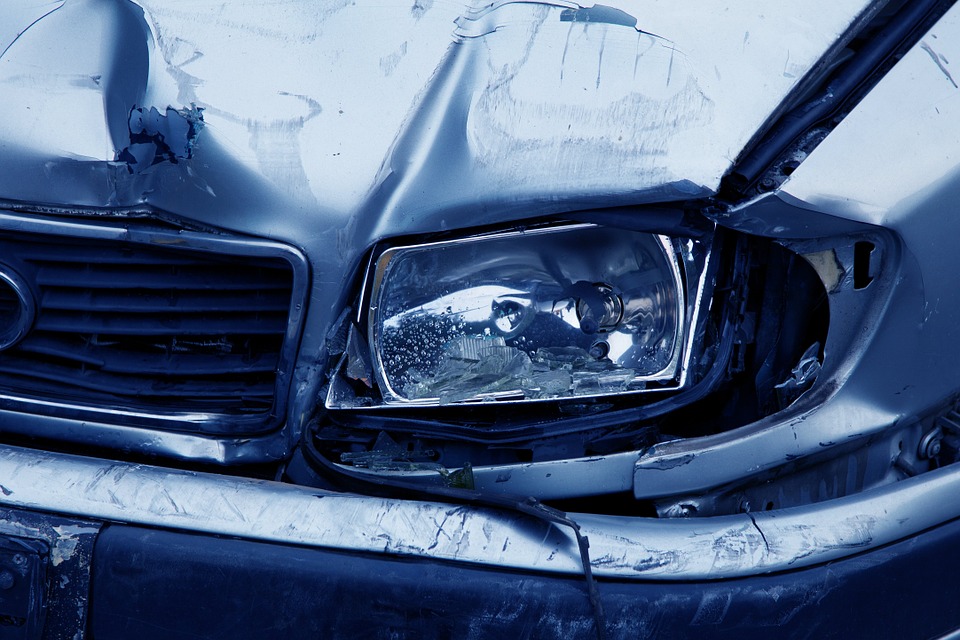Most insurance policies extend the definition of an uninsured motor vehicle to include a hit-and-run vehicle. A hit-and-run vehicle may be defined as a vehicle that causes bodily injury to the insured arising out of physical contact of such vehicle with the insured or with the automobile, which the insured is occupying at the time of the accident when the identity of neither the operator nor the owner of such vehicle can be ascertained. When you are the victim of a hit and run accident, you likely feel angry and confused, and it can be unclear how to get compensation for your damages and injuries. There are a few simple steps you can take to maximize your chances of getting compensated.
Step 1: Gather information
To recover against your UM insurer, an insured must prove that the owner and operator of the vehicle involved in the accident did not have automobile liability insurance in effect on the date of the accident. In 1991, the phantom vehicle amendment permitted recovery without physical contact if the insured can prove by an independent and disinterested witness, that the injury was the result of the actions of the driver of another vehicle whose identity is unknown. Cases have held that relatives and friends are not independent and disinterested. Physical contact or an independent and disinterested witness are required only when the insured cannot prove the necessary elements of a UM claim without utilizing either the hit-and-run provision or the phantom vehicle amendment. Gathering information increases the chances that the police will catch the driver who hit you. Try to get as much information about the car that hit you as possible (color, make, model, license plate number). Try to get a physical description of the driver (sex, race, age range, hair color, etc.). Also, gather names and numbers of any witnesses that saw the accident. Write down the time and location of the accident. Take pictures of the accident scene and your car. In particular take pictures of the damaged area of your car.
Step 2: File an accident report with the police
Call the police department and report the accident. Provide the officer with all of the information you have collected. This will provide an official document that you can rely upon later.
Step 3: Report the hit and run to your car insurance company
Most insurance policies require notice of a hit-and-run within 30 days of an accident. Failure to notify your insurance company can result in a denial of your UM claim.
Step 4: Contact an Attorney
If you are unable to identify the person who hit you, or that person does not have enough insurance to cover your costs, you can file a claim with your own car insurance company. Contact our experienced attorneys for a free consultation. We may be able to obtain compensation through a car insurance claim or personal injury lawsuit.
Sources:
McKenzie, William, 15 La. Civ. L. Treatise, Insurance Law & Practice § 4:17 (4th ed.)
[/fusion_text][/fusion_builder_column][/fusion_builder_row][/fusion_builder_container]


